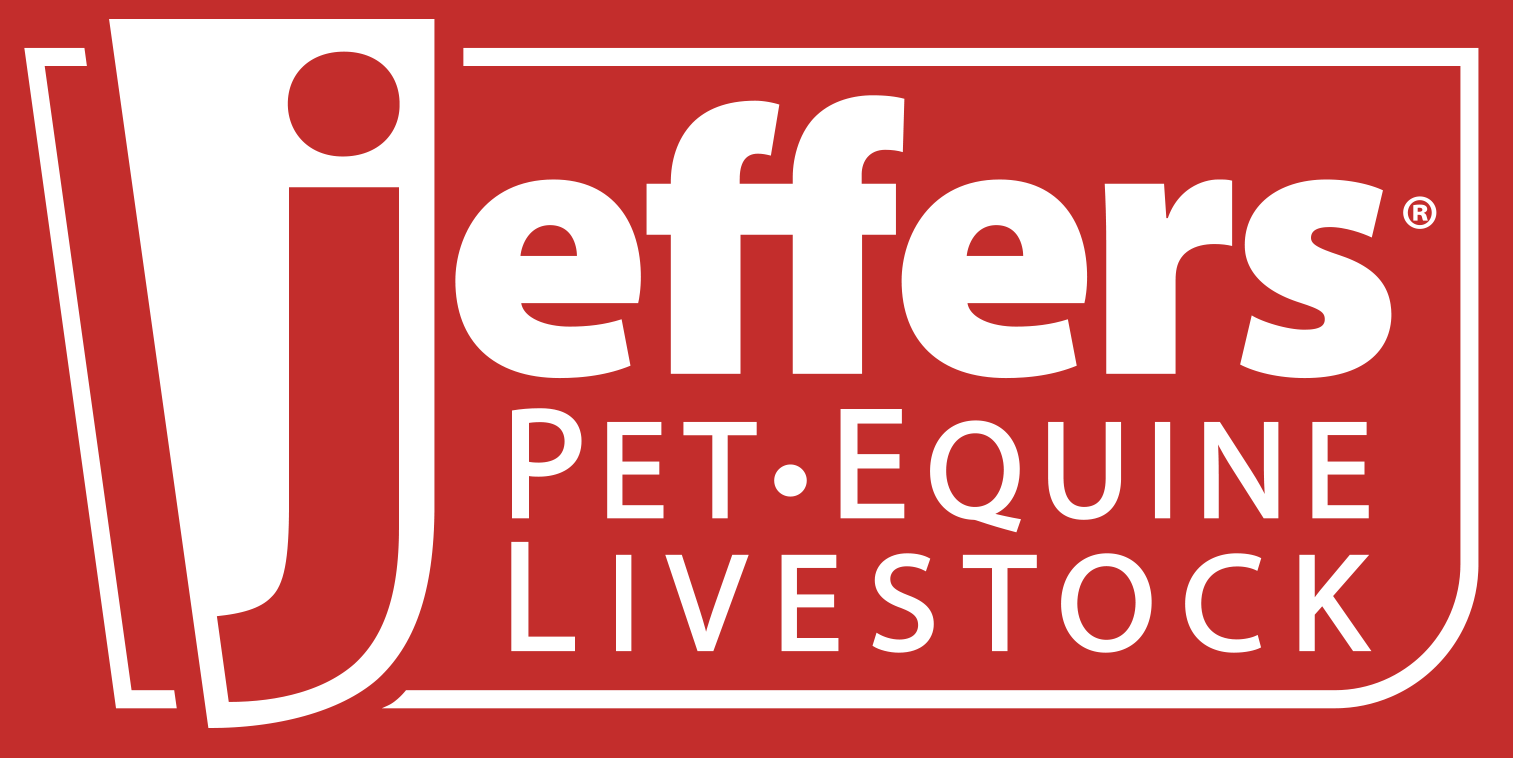Natural Disaster Planning For Horses in 5 Easy Steps
Posted August 29, 2023 in Equine Blog, General by Jeffers Staff


As scary as it sounds, natural disasters can strike at any moment, and it is important to be prepared. Not only is it critical to prepare yourself and your family in case natural disaster strikes, but it is essential to plan for your horse too. Natural disaster planning for horses requires special considerations due to their large size and transportation requirements. This is why it is necessary to develop a preparedness plan for your horse before disaster strikes.
According to the ASPCA, during natural disasters, the main causes of death for large animals include electrocution from fallen power lines and fencing, kidney failure from dehydration, and collapsed barns. If possible, we recommend moving the animal before the storm or disaster hits. If this is not possible, continue reading for tips to help prepare your horse for inclement weather or natural disaster.
1. Plan Ahead For A Disaster

When planning, make sure you have enough hay, feed, and water to last each horse several days. A horse quencher may be necessary because some horses may not drink water when away from home or stressed out. Another great tool to have on hand is a generator, which is excellent for sourcing water and supplying energy. It is also essential to keep feed stuffs dry by firmly securing them with tarps or shelter.
Make sure you have an equine emergency plan and share it with your friends, neighbors, and family. Print out the plans and post them on areas of your property where they are easily available to emergency workers. Also, be sure to prepare an emergency medical supply kit with wound care products, including wound sprays, bandages, and fly sprays and repellents. A great product to have in your medical supply kit is Bute-Less Paste, which is an all-natural pain reliever that may ease aches and discomfort.
In addition, make sure you have all of your horse’s important information, such as medical records and emergency contacts, in a watertight envelope or container that is easily identified and accessible for emergency personnel. Also, in case of an evacuation, make sure your horse is comfortable loading into a trailer.
If necessary, make arrangements in advance with property owners or facility managers. In the event of a natural disaster, switch electric fences from electric to solar or battery operated. Be sure to check monthly to make sure you have enough supplies and check that the supplies are up to date. If there are areas on your land prone to flooding, go ahead and move the horses to a safer location. Although natural disaster planning for horses requires many steps, having a comprehensible plan in place is essential for their safety.
2. Secure and Shelter Your Property and Animals

Use what you have available to secure what needs to be secured and shelter your horses as best as you can. Secure barns and sheds by checking and tending to roofing that may need additional support. Make sure to check all swinging gates and barn doors to see if they need any maintenance. Also, if you need extra help, reach out to neighbors, family, and friends and offer your help in return.
If possible, move endangered horses to a safer location. If you’re expecting heavy rainfall or flooding, move your horses inland for better protection. Check to see if there are any shelters available in your area, such as show barns, auction barns, arenas, and fairground facilities. Be sure to reach out to the places ahead of time because space is usually limited and fills up quickly.
If you are told to evacuate, evacuate immediately. If you do not, you could be told by emergency personnel to evacuate and have to leave your horse behind, potentially leaving your horse alone without food or water.
3. Have Identification Ready for Your Horses

Identifying your horses is extremely important in case of a natural disaster or inclement weather. You can write a phone number, farm name, or other important information on the side of your horse using high-visibility marking paint or a marking crayon. However, in terms of durability, neck ID-bands or neck chains and numbers last longer and can help prove ownership if your horse is displaced.
4. When Disaster Strikes

After completing the tasks, it’s time to take shelter. Hunker down and shelter as much as possible while monitoring the weather via television or radio.
5. After the Natural Disaster

Whenever it is safe to do so, check for and examine any damage to your property or animals. It’s also essential to check for any hazardous materials that can harm you or your animals and remove it immediately.
In the unfortunate circumstance that any animal has passed away, it is important to bury them properly. Remove them immediately and bury them four feet deep and covered in lime, which helps stop the spread of disease. However, since the rules for burial vary by state, please remember to double-check your state’s rules and regulations. If one of your animals is missing or you find a lost animal, please contact your local auction board to document any missing animals.
When it comes to natural disasters and inclement weather, it’s better to take the time to prepare rather than wait until the last minute. Disaster planning for your horses and preparing them in case of an emergency greatly increases their chances of staying safe. Again, because horses are large animals, your natural disaster plan needs to be well thought out and comprehensive. The more time you take to plan and prepare your horse in case of a natural disaster, the safer they will be.
